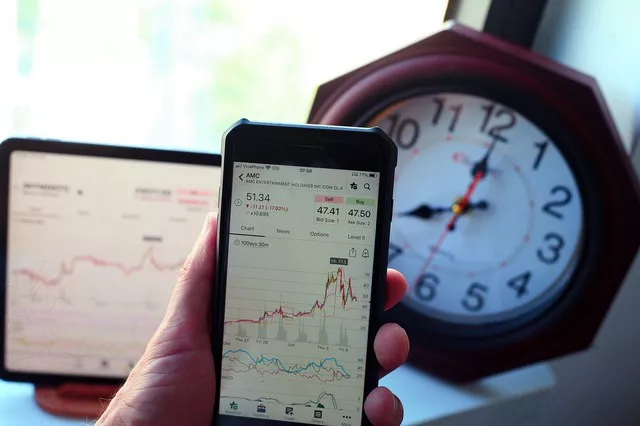The ASX futures market stands as a vital component of the Australian financial landscape, providing investors and traders with opportunities to speculate on the future direction of Australian equities, indices, and interest rates.
Understanding ASX Futures
ASX futures, also known as Australian Securities Exchange futures, are standardized financial contracts that derive their value from an underlying asset, such as an equity index or interest rate. These contracts enable market participants to speculate on the future price or level of the underlying asset. ASX futures are used for various purposes, including hedging against price movements, portfolio diversification, and pure speculation.
Key Features of ASX Futures
Standardization: ASX futures contracts are highly standardized, with predefined contract sizes, expiration dates, and settlement terms. This standardization ensures consistency and transparency in trading.
Underlying Assets: ASX futures can be based on various underlying assets, including equity indices like the S&P/ASX 200, government bonds, interest rates, and even commodities.
Leverage: Futures contracts typically require a fraction of the contract’s total value as initial margin, allowing traders to control a more substantial position size with a relatively small amount of capital. This leverage can amplify both gains and losses.
Expiration Dates: Each ASX futures contract has a specific expiration date, after which it becomes invalid. Traders can choose from various expiration months, depending on the contract.
Settlement Methods: ASX futures contracts can be settled in different ways, including cash settlement (where the contract’s value is settled in cash) or physical delivery (where the underlying asset is delivered).
The Significance of ASX Futures
ASX futures play several critical roles in the Australian financial landscape:
Price Discovery: ASX futures markets contribute to price discovery by reflecting market participants’ expectations about future asset prices. This information can be valuable for investors and traders looking to make informed decisions.
Hedging: One of the primary purposes of ASX futures is to provide a mechanism for hedging against adverse price movements. Market participants can use these contracts to protect their portfolios from potential losses.
Speculation: ASX futures markets attract speculators who aim to profit from price movements. Speculation adds liquidity to the markets and helps facilitate trading.
Risk Management: Investors and businesses can use ASX futures to manage risk associated with their investments or operations. For example, a fund manager with a portfolio of Australian stocks may use ASX futures to hedge against potential market downturns.
ASX Futures Today: What Do They Indicate?
The state of ASX futures today can provide insights into market sentiment and expectations for the Australian market. Several factors influence ASX futures prices:
Economic Data: Economic indicators, such as GDP growth, employment figures, and inflation data, can influence ASX futures prices. Positive economic data may lead to bullish sentiment, while negative data can have the opposite effect.
Global Events: Events occurring outside of Australia, such as geopolitical developments, international trade tensions, or changes in global interest rates, can impact ASX futures. For instance, uncertainty in global markets can lead to increased volatility in ASX futures prices.
Corporate Earnings: The financial performance of Australian companies plays a significant role in ASX futures movements. Positive earnings reports from major companies can boost market confidence, while disappointing results can lead to a bearish outlook.
Interest Rates: Changes in interest rates by the Reserve Bank of Australia (RBA) can have a substantial impact on ASX futures, especially those tied to interest rates. Higher rates may result in lower futures prices as investors seek higher returns elsewhere.
Market Sentiment: Investor sentiment, including fear and greed, can drive short-term fluctuations in ASX futures. News events, market rumors, and sentiment indicators can all influence trader behavior.
Global Markets: Movements in global equity markets, particularly in regions like the United States and Europe, can have a contagion effect on ASX futures. Positive sentiment in global markets can boost ASX futures, while bearish sentiment can weigh on prices.
Conclusion
ASX futures are a crucial component of the Australian financial landscape, providing investors and traders with opportunities to speculate on and manage risk related to Australian equities, indices, and interest rates. Their standardized nature, liquidity, and versatility make them valuable instruments for various market participants.
Monitoring ASX futures today can offer insights into market sentiment and expectations, helping investors and traders make informed decisions. However, it’s important to remember that futures trading carries risks, and market dynamics can change rapidly. Therefore, individuals engaging in ASX futures trading should do so with a sound understanding of the market, a well-defined strategy, and risk management measures in place.


